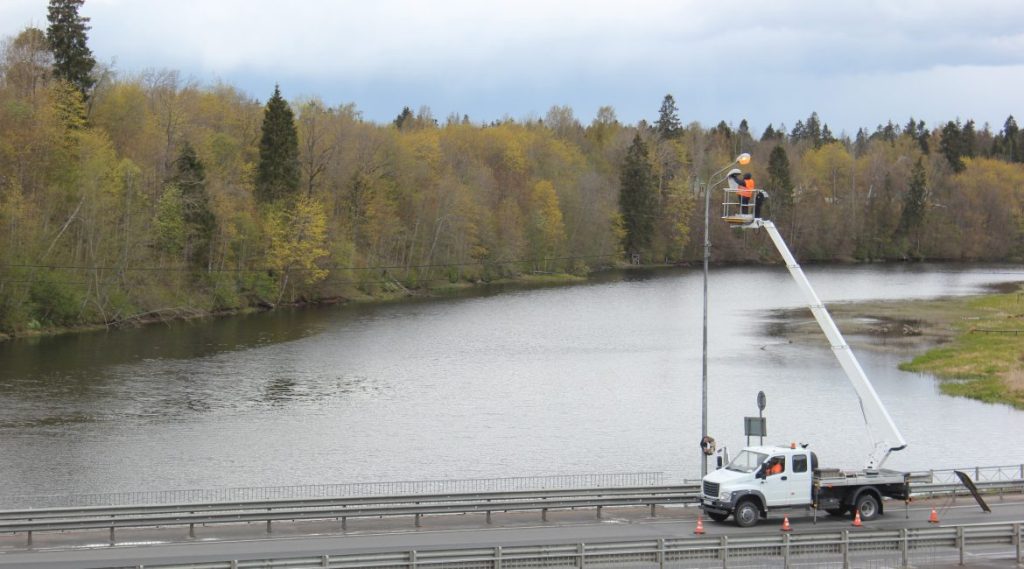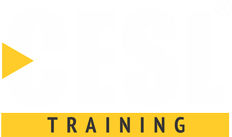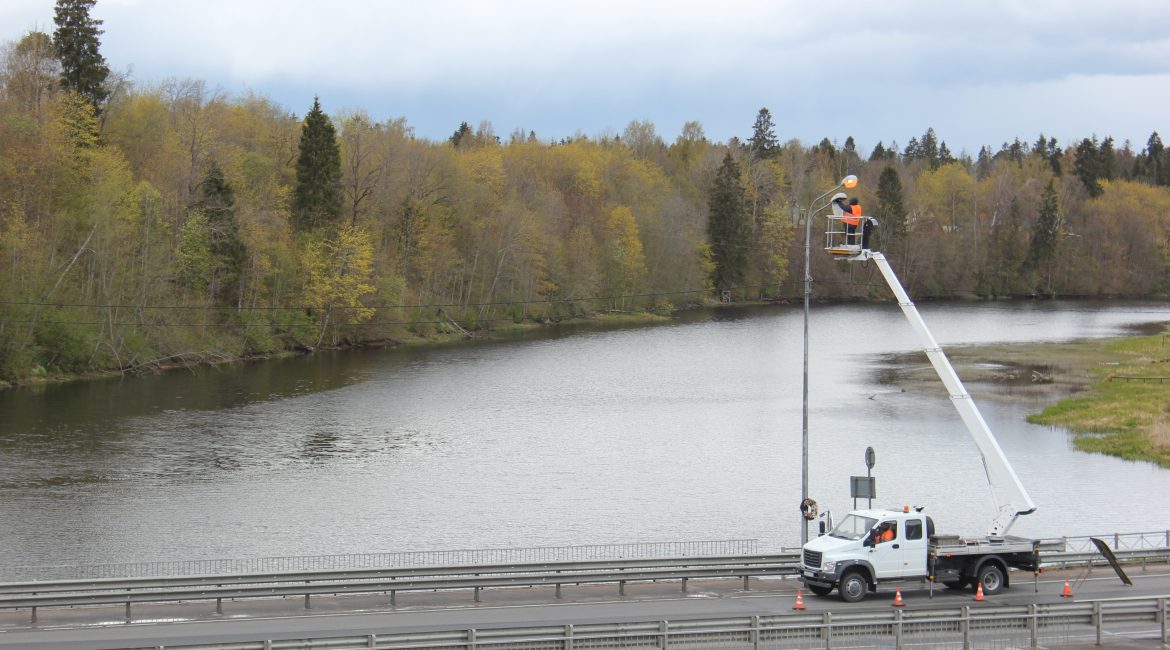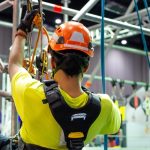MEWP training is essential for highway construction workers to ensure both safety and efficiency. With projects spanning vast distances and involving complex engineering challenges, traditional methods of working at height often fall short. Proper MEWP training equips operators to safely and effectively use Mobile Elevating Work Platforms (MEWPs), making them indispensable tools for modern highway construction. Well-trained personnel can maximize the benefits of MEWPs, completing projects faster while minimizing risks.

The Evolution of Highway Construction
Highway construction has always been a demanding field, requiring a blend of precision, speed, and safety. Traditionally, scaffolding and ladders were the go-to solutions for working at height. However, these methods come with inherent risks and limitations, especially on large-scale projects where time is of the essence, and safety cannot be compromised.
With advancements in technology, MEWPs have emerged as a vital tool in modern highway construction. These versatile machines are designed to elevate workers and materials to various heights, allowing for more precise and efficient work. From bridge inspections to overhead sign installations, MEWPs are proving to be indispensable in the industry.
Efficiency Gains: How MEWPs Streamline Operations
One of the most significant advantages of using MEWPs in highway construction is the efficiency they bring to the table. Unlike traditional methods, MEWPs can be quickly deployed and moved around the site, reducing the time spent on setup and teardown. This mobility is crucial in highway projects, where work zones can be spread over miles, and every minute counts.
MEWPs also allow for more precise positioning, enabling workers to access hard-to-reach areas with ease. This precision reduces the need for multiple adjustments and repositioning, further saving time and boosting productivity. In an industry where deadlines are tight, and delays can have costly consequences, the efficiency gains provided by MEWPs are invaluable.
Safety Benefits: Reducing Risks on the Job Site
Safety is a top priority in highway construction, where the risk of accidents is ever-present. Falls from height are one of the leading causes of injury and fatality in the construction industry, making it essential to have reliable equipment that can mitigate these risks. MEWPs are designed with safety in mind, offering a stable platform for workers to perform their tasks.
Modern MEWPs come equipped with advanced safety features such as automatic platform leveling, fall arrest systems, and emergency descent controls. These features ensure that workers are protected at all times, even in the event of a malfunction or sudden movement. Additionally, MEWPs provide a secure environment for handling heavy materials, reducing the risk of dropping tools or components from a height.
The use of MEWPs also minimizes the need for workers to climb ladders or erect scaffolding, both of which are high-risk activities. By eliminating these tasks, MEWPs significantly reduce the potential for accidents, contributing to a safer work environment.
Case Studies: MEWPs in Action
To understand the true impact of MEWPs in highway construction, let’s look at a few case studies where these machines have played a pivotal role:
Case Study 1: Bridge Maintenance and Inspection
In a recent bridge maintenance project, MEWPs were used to provide workers with access to the underside of the bridge. The ability to position the platform directly beneath the work area allowed for thorough inspections and repairs without the need for extensive scaffolding. This not only saved time but also reduced the risk of accidents associated with working at height.
Case Study 2: Overhead Sign Installation
Another project involved the installation of overhead signs along a major highway. MEWPs were chosen for their ability to reach the required height and position the signs accurately. The use of MEWPs in this project ensured that the installation was completed quickly and safely, with minimal disruption to traffic.
Case Study 3: Lighting Upgrades
In a highway lighting upgrade project, MEWPs were utilized to replace old light fixtures with new, energy-efficient models. The flexibility of the MEWPs allowed workers to access light poles of varying heights and angles, ensuring that the job was completed efficiently and with a high degree of precision.
Conclusion: The Future of Highway Construction with MEWPs
As highway construction projects continue to grow in complexity and scale, the role of MEWPs will only become more critical. These machines not only enhance efficiency and safety but also offer a level of versatility that traditional methods simply cannot match. However, to fully leverage the benefits of MEWPs, proper training is essential.
At CESL, we are committed to providing top-notch MEWP training that equips workers with the skills and knowledge they need to operate these machines safely and effectively. Our courses are designed to meet the unique challenges of highway construction, ensuring that your team is prepared for the demands of the job.
Frequently Asked Questions:




